Introduction: Why Choose NVIDIA MFP7E Series-Compatible Cables?
On data centers, AI training clusters, and high-performance computing (HPC) environments, fiber optic cables are critical to network bandwidth, latency, and reliability. The NVIDIA MFP7E series (MFP7E10/20/30/40)-compatible cables, leveraging multimode/single-mode fiber technology, standardized MPO connectors, optimized signal integrity, and cross-platform compatibility, emerge as the premier choice for building high-efficiency network architectures. This article explores how the NVIDIA MFP7E series addresses modern data center heterogeneous interconnect challenges through three dimensions: universal design philosophy, technical implementation, and hybrid deployment scenarios.
1.Technical Innovations: Breakthroughs from Fiber to Connectors
1.1 Multimode & Single-Mode Fiber: Precision-Matched for Diverse Scenarios
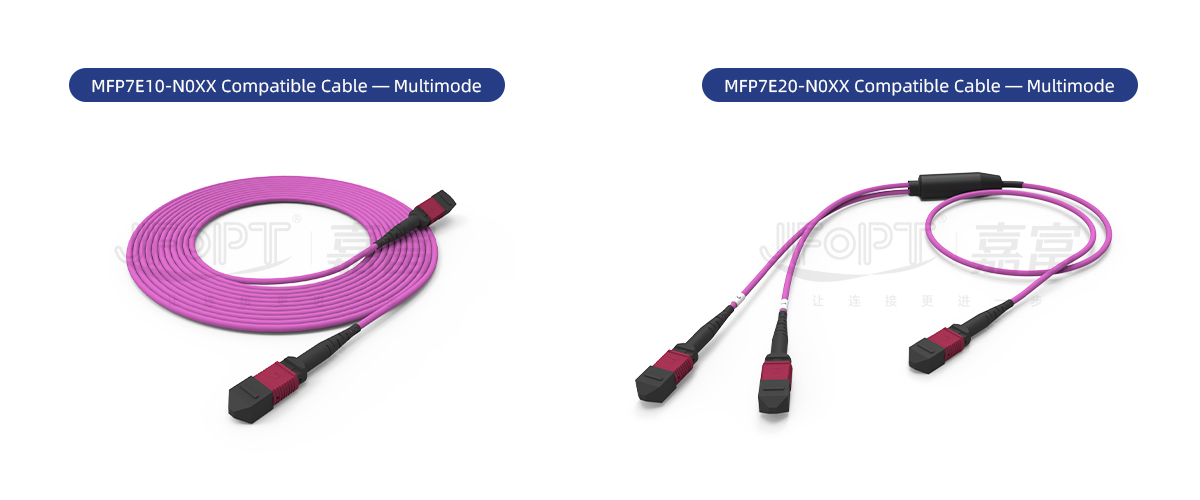
Applications: Short-range (<30m) high-speed interconnects within data centers (e.g., 400G/800G server-to-switch links).
Advantages: 50/125µm multimode fiber + MPO-12/APC connectors with 8° angled polish to minimize optical reflection and ensure signal integrity.
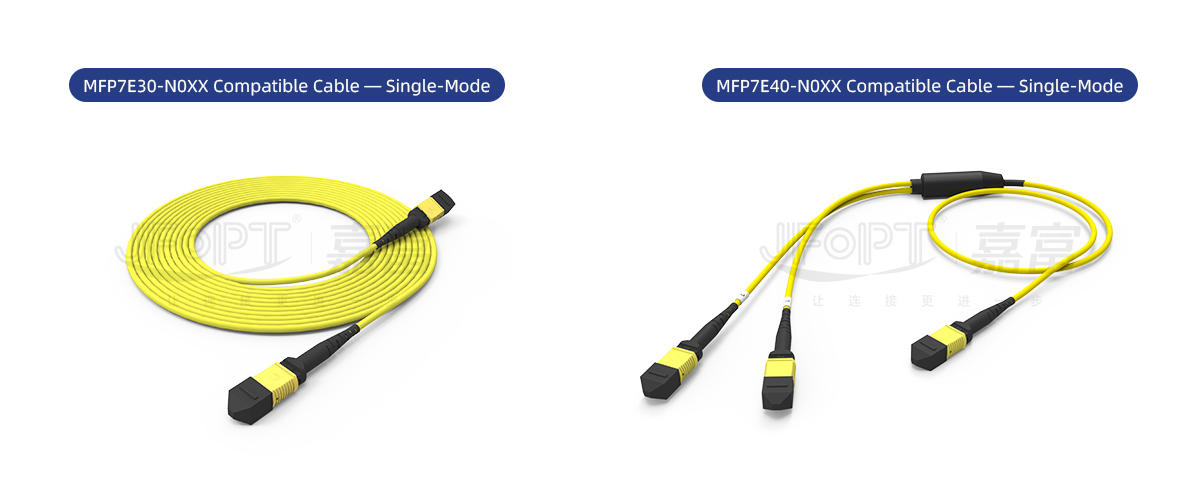
Advantages: 9/125µm single-mode fiber with low loss and dispersion resistance for stable long-haul transmission.
1.2 Standardized Connectivity: MPO-12/APC & Cross-Platform Compatibility
Hardware: Native support for NVIDIA ConnectX-7 NICs, BlueField-3 DPUs, and OSFP/QSFP112 transceivers; backward compatibility with Cisco, Huawei, Arista, and other major vendors.
Protocols: InfiniBand, Ethernet, NVLink (supports 400G/800G Ethernet).
Software: Built in drivers and management tools for configuration, monitoring, and maintenance.
Future-Proofing: Ready for 1.6Tbps+ standards.
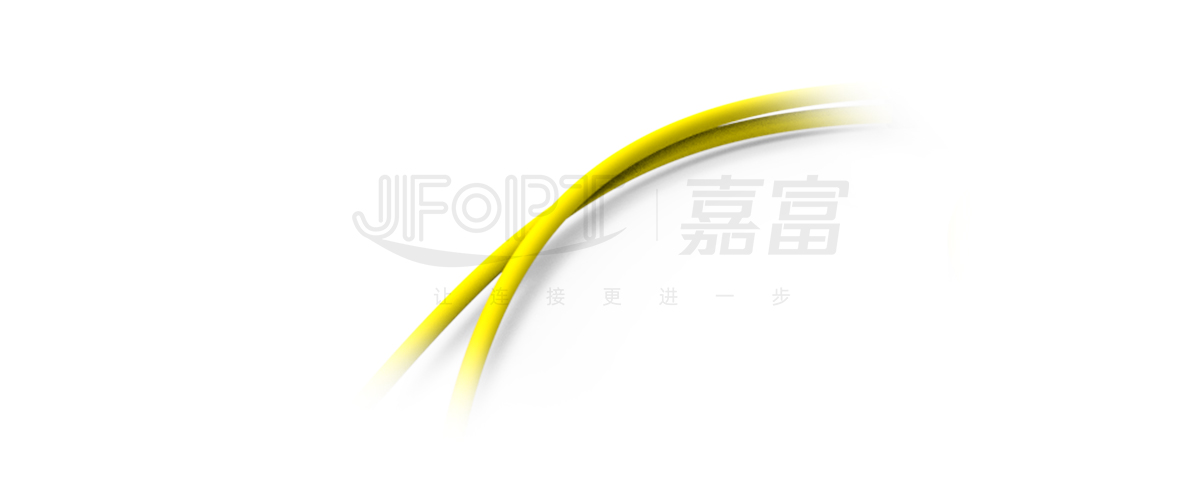
Material Features:
Safety: LSZH (Low Smoke Zero Halogen) jacketing reduces toxic fume emissions (Telcordia GR-1435 compliant).
Robustness: High abrasion/tensile resistance for complex cabling environments.
2. Application Scenarios: End-to-End Solutions from Short- to Long-Range
2.1 Intra-Data Center: High-Speed Short-Range Interconnects
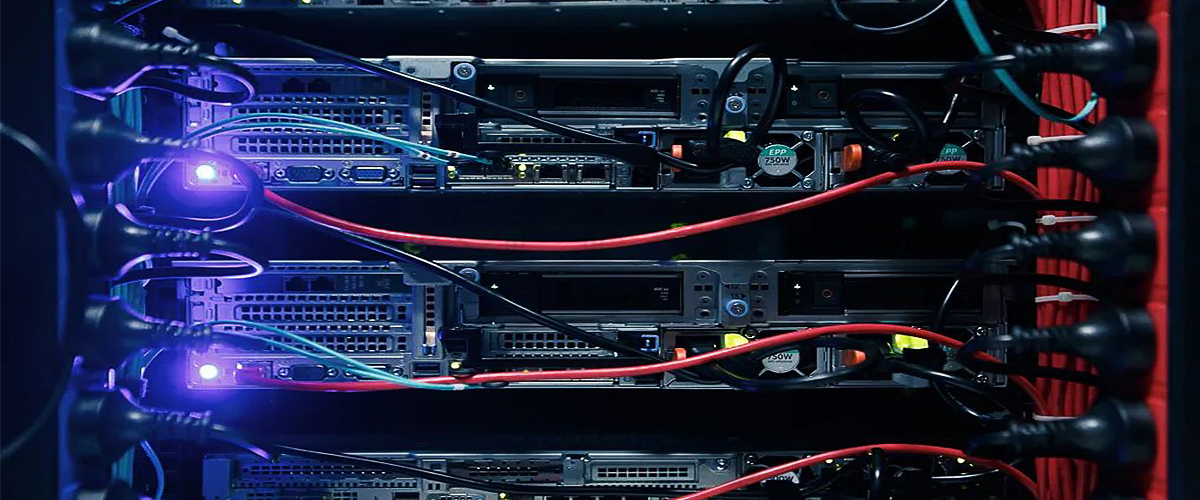
Use Case: 800G low-latency GPU-to-InfiniBand switch links in AI training clusters.
2.2 Cross-Facility Interconnect: Long-Range Reliability

Use Case: Cloud providers using MFP7E30 cables for storage-to compute node synchronization across data halls.
2.3 AI Compute Clusters: Optimized Topology & Branching

Innovation: MFP7E20 splitter cables enable 4-to-2 channel cross-connect for dual 400G transceiver links, reducing cabling complexity.
3. Deployment Advantages: Cost, Performance, and Reliability

3.1 Cost Efficiency
High-Density: MPO-12 connectors consolidate 12 fibers into one cable, cutting space/cost.
Low Maintenance: Durable, low-loss design minimizes signal degradation and downtime.
3.2 Performance Optimization
Low Latency: Refractive index tuning and polished connectors enable <1μs latency for AI/real-time analytics.
High Bandwidth: Supports 400G/800G transmission.
3.3 Industrial-Grade Reliability
Testing: 10,000+ plug cycles, thermal cycling, and signal integrity validation.
Safety: LSZH jacketing meets UL 1685 fire safety standards.
Conclusion: NVIDIA MFP7E Series Cables – The Core of Future-Ready Data Centers
The NVIDIA MFP7E10/20/30/40 series fiber optic cables deliver unmatched interoperability for data centers and AI/HPC ecosystems through:
Differentiated Fiber Design: Multimode/single-mode flexibility.
Universal Compatibility: QSFP-DD/OSFP connectors and adaptive link tuning for multi-vendor environments.
Future Scalability: Backward/forward compatibility with legacy and next-gen infrastructure.
With 99.999% reliability and support for hybrid networks, these cables balance today’s performance demands with tomorrow’s AI-driven scalability needs.
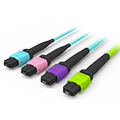
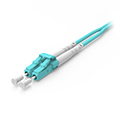
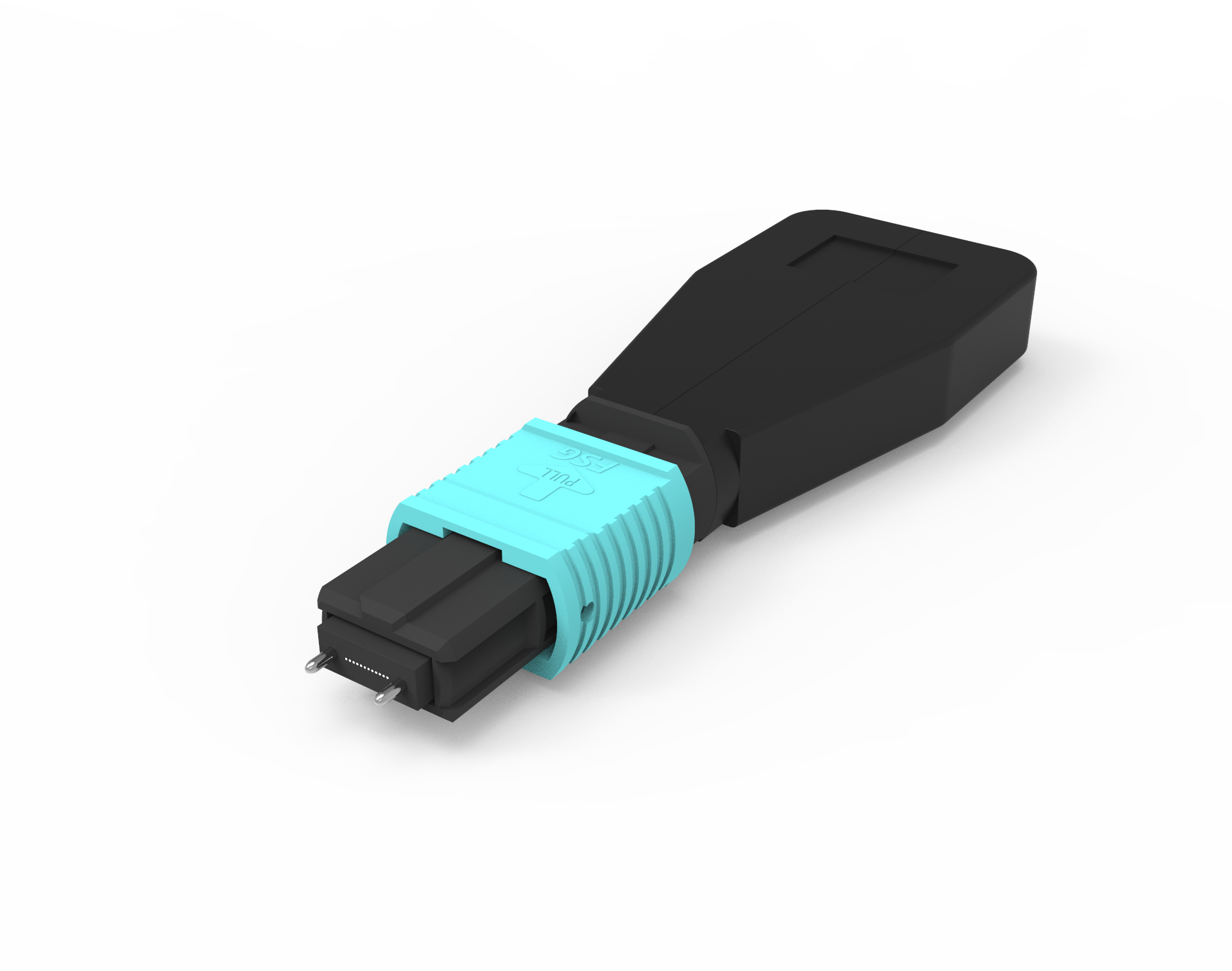
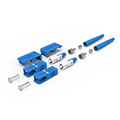
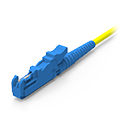
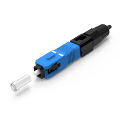
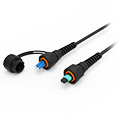
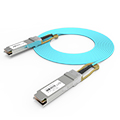
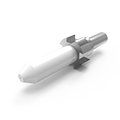
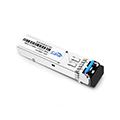
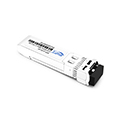
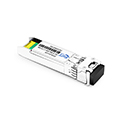
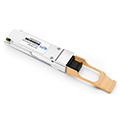
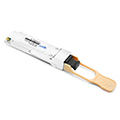

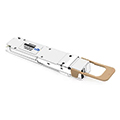
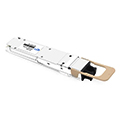
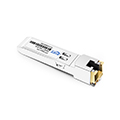
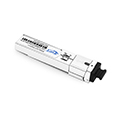
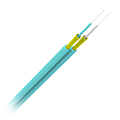
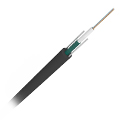
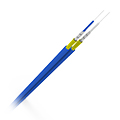
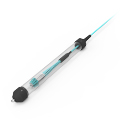
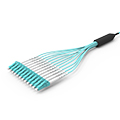

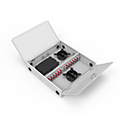
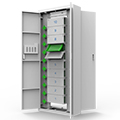
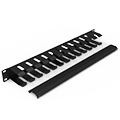
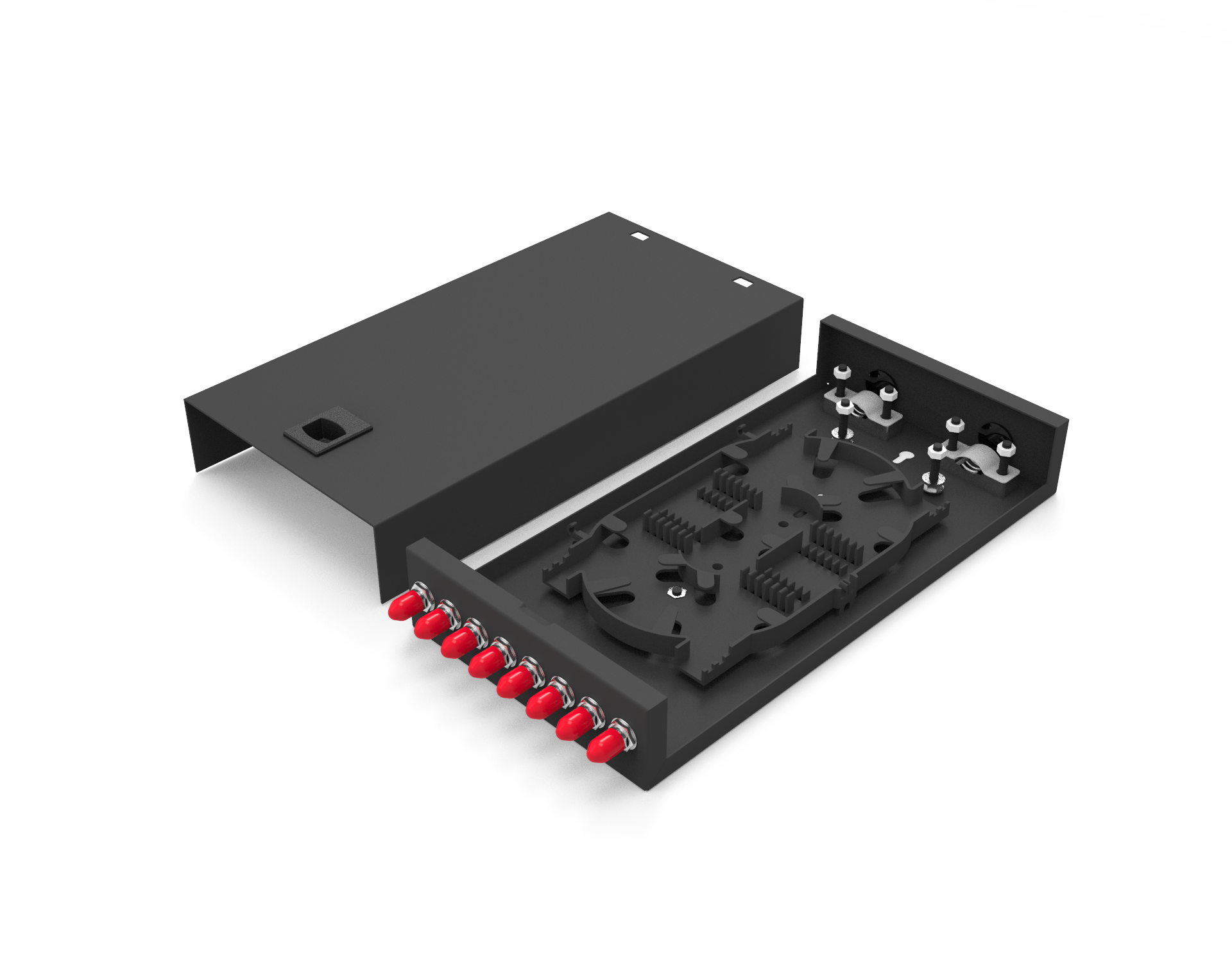
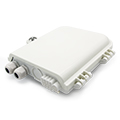
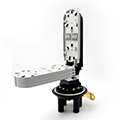
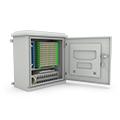
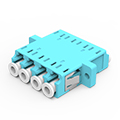
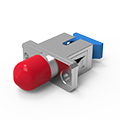
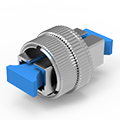
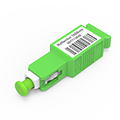
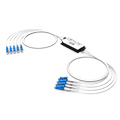
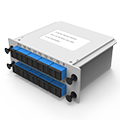
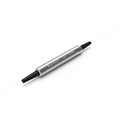
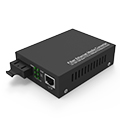
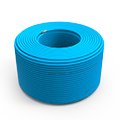
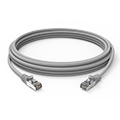
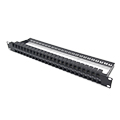
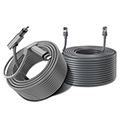
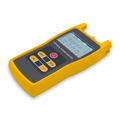
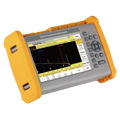
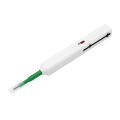
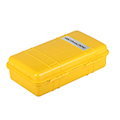
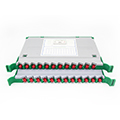
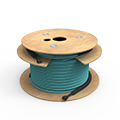



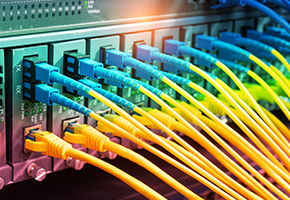

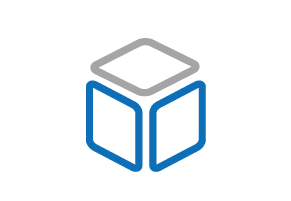
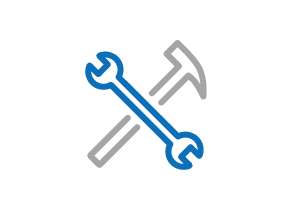

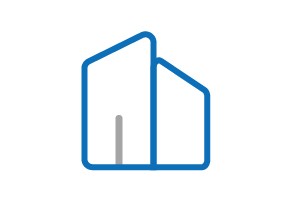









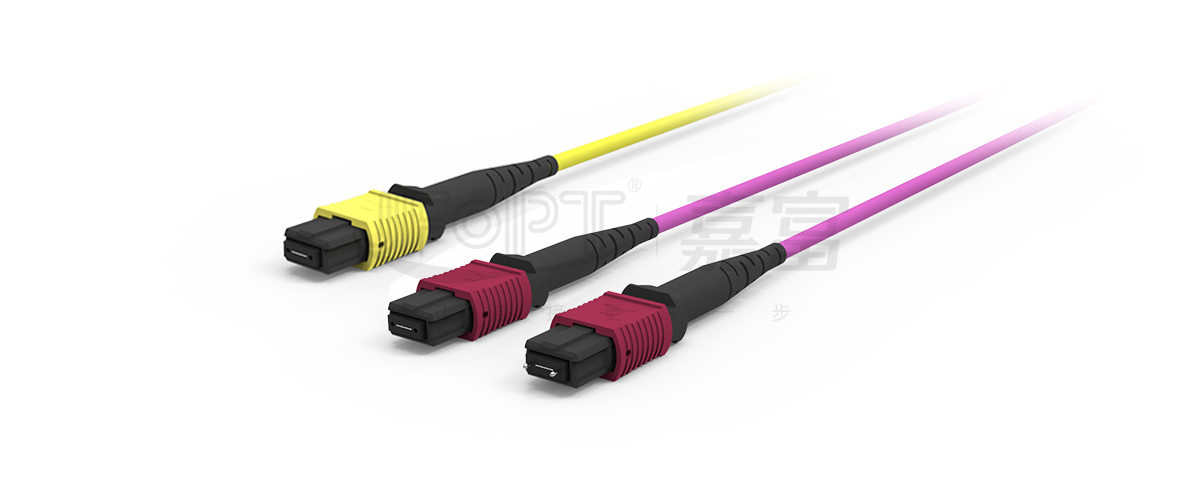
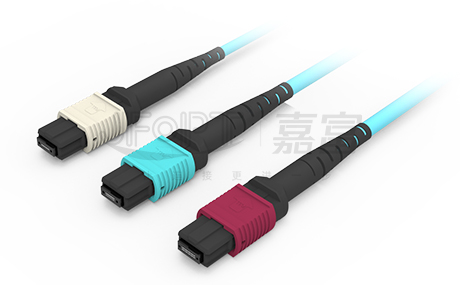
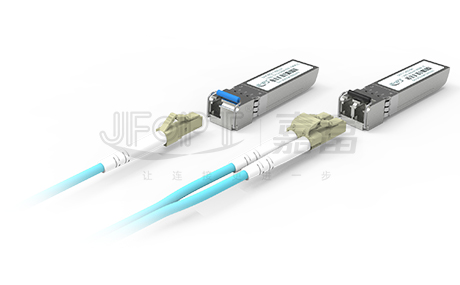
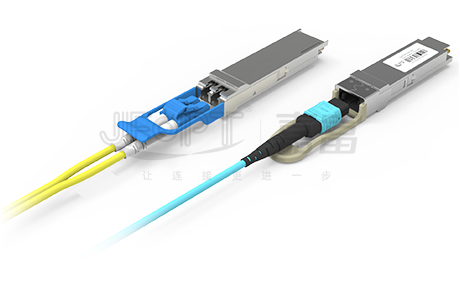
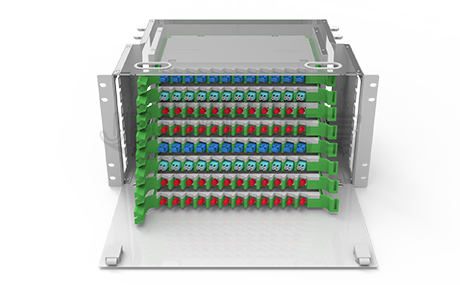
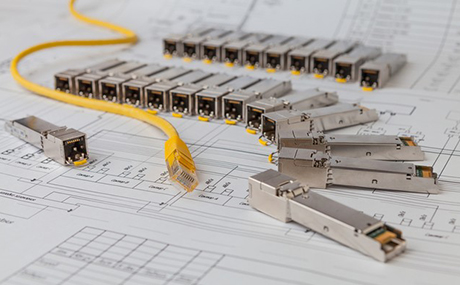

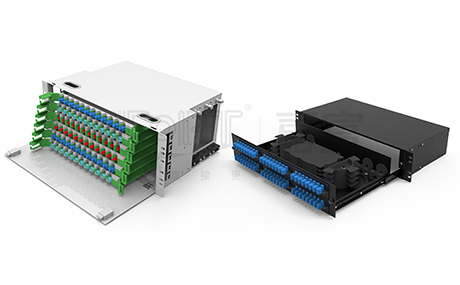
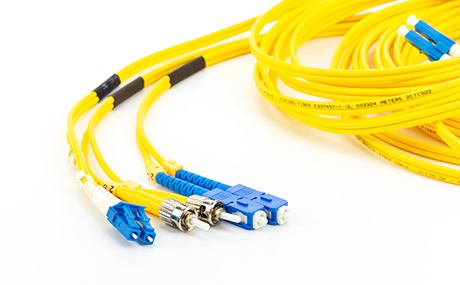
 Ann
Ann












